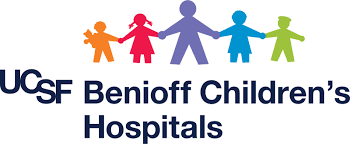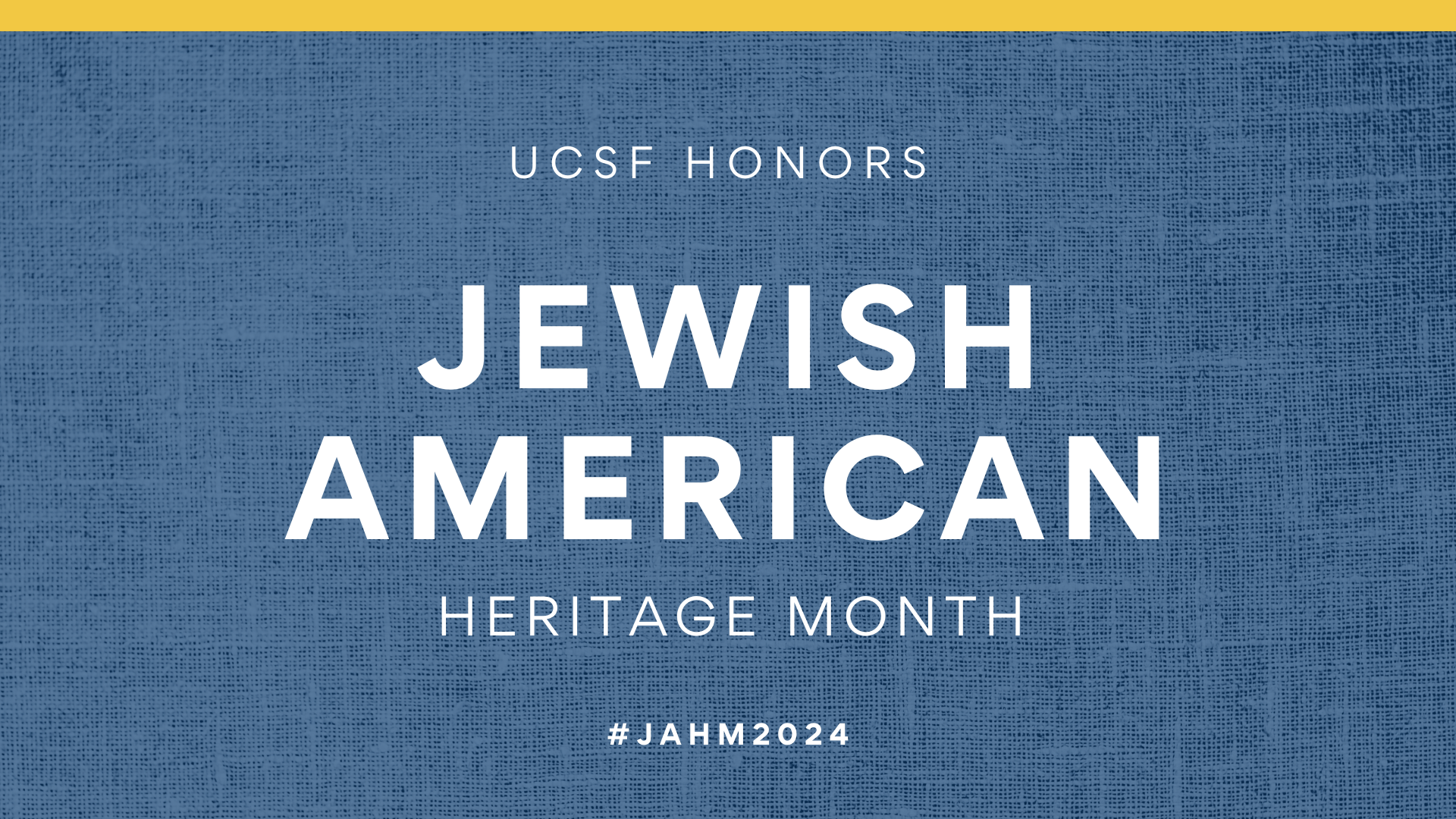Jewish American Heritage Month 2024
With May being designated as Jewish American Heritage Month, it is an honor to take a moment to pause and celebrate the many Jewish communities, cultures, achievements and creativity represented within all of UCSF. As evidenced with the following pages - what it means to be Jewish, to be a Jew, is varied and nuanced and remarkably diverse. Identifying as Jewish invokes not only religion, and for some - not all, but ancestries reaching back through the ages and across the many continents, and cultural experiences shaped by different languages, music, food, socioeconomic realities, politics, migration, expulsion, rituals and traditions.
However, May 2024 is unlike any May we have seen before. What is happening throughout the world today, most notably in Israel, Gaza, and the West Bank, must be named and acknowledged. The conflict and the loss of life throughout the region has given rise to great pain and anguish; to grief, sorrow, fear, anger and so much more. We feel it in our own UC homes, as students on campuses throughout the state rise up to use their voices; voices that are not always in unison as this is a very complex time in our lives.
Anti-Semitism, Anti-Zionism, Islamophobia and Anti-Arab sentiments are on the rise, bringing to the fore just how much diversity and differences can yield pain, as much as they can yield joy. All this, has led to much soul searching among many, who grapple with the complexities of what it means to be a Jew, this May. May of 2024.
Jewish American Heritage Month Zoom Backgrounds
Please download any of these virtual backgrounds and add them to your Zoom by following these steps:
- In the Zoom.us desktop client, go to 'Settings' as noted above and select 'Visual Background'.
- Using the (+) icon, upload your new background.
Additional info at the UCSF Multicultural Resource Center webpage.
EVENTS
UCSF EVENTS
Yom HaShoah - Holocaust Rememberance Day
Monday, May 6 | 5 pm at Mission Bay
Join us on Yom HaShoah to hear the remarkable story of Susanne Dewitt, a survivor of the Holocaust. Susanne DeWitt, 89, chairman of the Israel Action Committee of the East Bay and a Holocaust survivor from Germany, will come to share with us her family history and her opinion on the raising antisemitism in the Bay Area. You can read more about Susanne DeWitt in here opinion article: CNN article
This event is organized in a collaboration with ScienceAbroad. Additional information about the event location will be emailed to you upon approval of your registration.
Please look for a confirmation email from: [email protected]
*UCSF Police will be monitoring the event
*Accessibility: UCSF welcomes everyone, including people with disabilities, to our events. To request reasonable accommodation for this event, please contact <[email protected]> as soon as possible.

Rosh Chodesh
Thursday, May 9 | 12:00pm-1:00pm | Virtual
Rosh Chodesh (“the head of the month” in Hebrew) marks the start of a new month on the Jewish calendar. Celebrate JAHM 2024 by learning more about Rosh Chodesh and Judaism, integrating themes of the cycles of calendars and ways to carve out some calm reflection to focus on the weeks ahead.
Host: Jill Cozen-Harel | Agenda: Cultivating a community space for reflection about the month that has ended, the new month beginning, and themes that resonate with this time on the Jewish calendar. | Security: No | Cost: Free
Shabbat Dinner
Friday, May 10 | 6 pm, In-Person at Mission Bay Campus
UCSF Invites you to Shabbat Dinner for Jewish American Heritage Month. Shabbat is the Jewish day of rest and spiritual reflection, observed every evening to Saturday evening.
Accessiblity: UCSF welcomes everyone, including people with disabilities to our events. To request a reasonable accommodation for this event, please contact [email protected] as soon as possible.
Antisemitism and Resilience in Academia
May 21, 2024 | 1:30 pm - 2:30 pm
The Office of Diversity and Outreach invites you to attend the inaugural session of the UCSF Addressing Bias and Bigotry: Education and Action Series. For this fi rst session, Shalom at UCSF and the Jewish Coalition has invited Elan Carr, JD, CEO – Israeli American Council, to UCSF to discuss “Antisemitism and Resilience in Academia.”
Attend in-person at Mission Bay In-person registration
Attend virtually Zoom
BAY AREA EVENTS

Yom HaShoah (Holocaust Remembrance Day) Commemoration
Sunday, May 5 | 1:00 - 7:00pm, at the Jewish Community Center of San Francisco
Please join us for a San Francisco’s community-wide Yom HaShoah (Holocaust Remembrance Day) commemoration and day of learning. Together we will honor the lives lost in the Holocaust and ensure that the lessons of history are never forgotten.
The Jewish Family and Children’s Services Holocaust Center and the JCCSF present this gathering with community partners from across the Bay Area, in person for the first time since 2019. Come together to learn, honor and remember with local educators, artists, community activists, spiritual care providers and civic leaders.
A keynote presentation with a commemoration, yizkor service and candle-lighting ceremony will be held at 5:00 pm, followed by a reception with light refreshments and live music. Stop by earlier in the day to take part in some or all of the small-group sessions and reflection opportunities. Full schedule below.
On view all day: Beauty and Terror Art Exhibition, by local artist Robin Bernstein with hands-on activity guided by the Contemporary Jewish Museum.
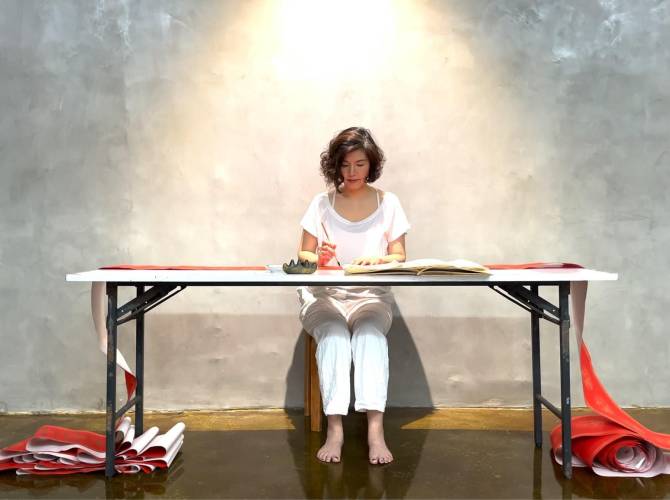
Community Cube: Creating Chinese-Hebrew Calligraphy
Friday, May 10 to Sunday, June 26 | Open Hours | Contemporary Jewish Museum
Celebrate AAPI Heritage Month and Jewish Heritage Month at a relaxing drop-in art project designed by the artist Carol Man. Held in The CJM's Blue Cube, this self-paced activity will teach you to create Chinese Hebrew calligraphy, infusing Hebrew letters with the fluidity and rhythm of Chinese brushstrokes.
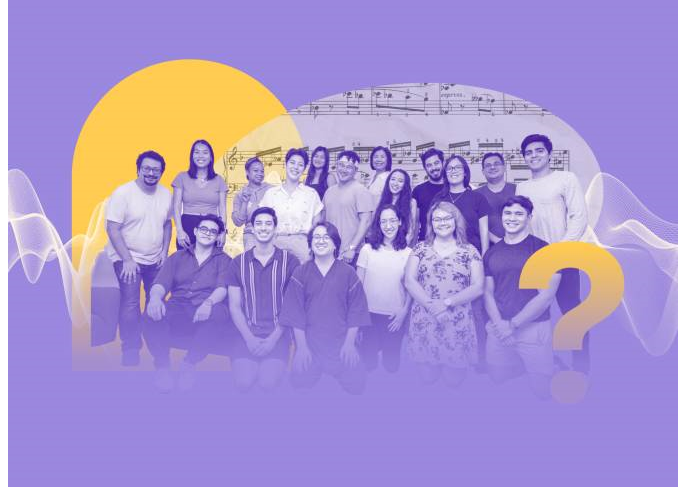
Screening: What Does Asian Jewish Identity Sound Like?
Thursday, May 16 to Sunday, June 16 | Open Hours | Contemporary Jewish Museum
A musical mosaic that explores the depth and nuance of Asian Jewish identity through the words of more than fifty Asian American Jews. Underscored with piano orchestration by Asian Jewish songwriter Jenni Rudolph, What Does Asian Jewish Identity Sound Like? invites you to journey through the full spectrum of the Asian Jewish experience—dissonant, vibrant, heavy, joyful, and everything in between.
CULTURE AND TRADITIONS
Jewish Culture and Traditions slide deck
Jewish Trailblazers from the Bay Area slide deck
- 10 Jewish Americans Who Changed History
- 7 Inspiring Jewish Americans Throughout History That Kids Should Learn About
25 Classic Jewish foods everyone should learn to cook
Essential Yiddish Words or Sayings
Balaboosta
Balaboosta is a term of endearment which literally means “perfect homemaker.” Einat Admony, who wrote the Cookbook “Balaboosta,” has given the term her own definition. To her, Balaboosta means “someone who loves to bring family together by cooking and caring for them,” she says.
Bubbe and Zeide
This is a must-know Yiddish duo. Bubbe and Zeide mean Grandmother and Grandfather. They are used to-date as affectionate terms.
Chutzpah
When a person has Chutzpah, they have extreme self-confidence, boldness, gall or audacity. “It took real Chutzpah for her to go straight to the CEO to ask for a job.”
Klutz
A Klutz is a very clumsy person — someone who is consistently falling or dropping things.
Kvetch
Kvetch is the Yiddish term for “to complain” or “to whine.” A mother might say to her children “stop kvetching!”
Mentch
Traditionally in Yiddish, a Mensch was a good person. Nowadays, Mensch has adopted the meaning of someone who is especially good, a “stand up guy,” or a person with high moral integrity.
Meshuggeneh
Meshuggeneh directly translates to crazy. If someone or something is meshuggeneh they are crazy, ridiculous or insane. “He thinks he can speak to his own mother like that? He is Meshuggeneh!” A related word is mishegas which means craziness.
Nosh
Nosh means to snack or nibble. Although it is used in colloquial English, the word comes from the Yiddish “nashn.” It can also be used to describe a light meal or any kind of food. For example, “let’s have a nosh before we leave the house.”
Oy Vey
Oy vey is an expression of dismay or woe. It’s often abbreviated to just “oy” or elongated to “oy vey iz mir.” A similar phrase is “oy gevalt,” which has a similar meaning, but directly translates to “oh, violence!” and can be used as a cry for help.
Plotz
The verb plotz means to burst, shatter, crack or explode. In English, it’s commonly used to describe a person who is figuratively bursting with intensity or emotion. For example, “I just finished a marathon, I could just plotz (collapse)” You could also be plotzing from laughter or to share big news.
Schlep
To Schlep is to drag or lug something around, often with difficulty. For example, “Oy, we moved to the wrong part of town. It’s such a schlep to get to synagogue.”
Schtick
A Schtick is an entertainer’s bit, routine, or gimmick. Generally, it’s a style of performance associated with a specific person, but it can also be a person’s signature behaviour, unique talent or interest. “I know I talk too loud, it’s my schtick.”
Shande
A Shande in Yiddish is a scandal, embarrassment, or something extremely shameful. A gossip column could be shanda-ridden. “Did you hear what he did? What a Shande.”
Shmatte
A Schmatte is a rag or an old or worn-out garment. Your mom might say to you, “you’re going out of the house wearing that Schmatte?”
Shmooze
To schmooze is to chat or make small talk — to shoot the breeze. At certain functions, schmoozing might be done in order to network or impress someone.
Tachlis
When someone is speaking Tachlis they are being to the point. “Don’t sugarcoat it, tachlis, tell me what happened.”
Yenta
Yenta or Yente refers to a woman who is a gossip or busybody. Originally, this was a name parents gave to their daughters meaning, as it was thought to be derived from the Italian word for gentle, but later developed a different meaning. For example, the matchmaker in “Fiddler on the Roof” was named Yente, and she was definitely known for meddling.
JEWISH RESOURCES
Bay Area Resources
- Be’chol Lashon
- Bernard Osher Marin Jewish Community Center
- Chabad Jewish Center of Oakland
- Chabad of Contra Costa
- Chabad of Fremont Jewish Community Center
- Jewish Community Center of the East Bay
- Jewish Community Center of San Francisco (JCCSF)
- Jewish Community Federation and Endowment Fund
- Jewish Community Relations Council
- Jewish Family & Community Services
- Jewish Family & Children's Services
- Judah L. Magnes Museum
- Koret Foundation
- Peninsula Temple Sholom
- Sinai Memorial Chapel
National Resources
- American Jewish Committee
- American Sephardi Federation
- Anti-Defamation League
- Central Conference of American Rabbis
- Conference of Presidents of Major American Jewish Organizations
- HIAS - Jewish organization for refugees
- Hillel International
- JCC Association of North America
- Jewish Federations of North America
- Jewish National Fund
- National Council of Jewish Women
- Network of Jewish Human Service Agencies
ANTISEMITISM & THE HOLOCAUST
Holocaust
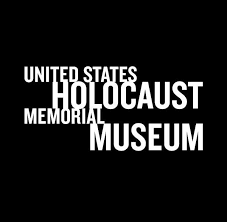
United States Holocaust Memorial Museum
A living memorial to the Holocaust, the United States Holocaust Memorial Museum inspires citizens and leaders worldwide to confront hatred, prevent genocide, and promote human dignity. Federal support guarantees the Museum’s permanent place on the National Mall in Washington DC, and its far-reaching educational programs and global impact are made possible by generous donors.
The United States Holocaust Memorial Museum’s website is also full of resources in order to further inform citizens about the damaging effects of prejudice and discriminatory violence, as well as how to confront such behavior and beliefs. The museum frequently hosts film screenings and events, including first-person testimonials from brave survivors of the Holocaust.
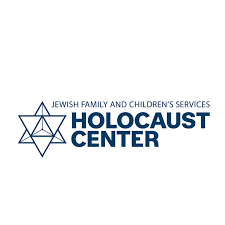
Jewish Family and Children's Services - Holocaust Center
What began as a protest against a Nazi bookstore in the Sunset District of San Francisco has become Northern California’s primary resource for Holocaust and genocide education. When the Holocaust Center opened in September 1979 (then known as the Holocaust Library and Research Center of San Francisco), the collection included 1,000 books and 200 documents, photographs, and artifacts.
Since 2010, the Holocaust Center has been a department of Jewish Family and Children’s Services (JFCS). Today, the JFCS Holocaust Center holds over 13,000 books and several thousand documents, photographs, and artifacts in the Tauber Holocaust Library and Archives.
The Holocaust Memorial in San Francisco
The Holocaust Memorial was installed in 1984, created by George Segal in bronze and covered in his signature chalky white patina. Here are his own words about his motivation to create the sculpture after an initial refusal, from a review in the NYT in the early 80s.
The memorial shows ten figures sprawled, recalling post-war photographs of the camps. The standing survivor is supposed to be modeled after a famous photograph by Margaret Bourke-White of the liberation of Buchenwald.
Location: 100 34th Ave, San Francisco, CA 94121; near Land's End, Legion of Honor
VIDEOS
